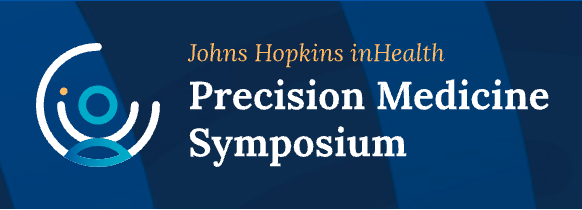Hot off the press
-

Can we objectively quantify emotion?
Towards objective, temporally resolved neurobehavioral predictors of emotional state
Kabotyanski, Yi, Hingorani, Robinson, Cowley, et al., 2024
-

How has COVID-19 impacted our local community?
A saliva-based serological and behavioral analysis of SARS-CoV-2 antibody prevalence in Howard County, Maryland
Brown, Koshute, & Cowley et al., 2023
-

Why do some COVID-19 patients fare worse than others?
Using machine learning on clinical data to identify unexpected patterns in groups of COVID-19 patients
Cowley et al., 2023
Oldies but Goodies
-
How should we compare humans & machine learning algorithms?
A framework for rigorous evaluation of human performance in human and machine learning comparison studies
Cowley et al., 2022
-
Can humans search images as well as algorithms can?
Benchmarking human performance for visual search of aerial images
Rhodes & Cowley et al., 2021
-
Can we use behavioral patterns to catch insider threats?
Using alternate reality games to find a needle in a haystack: An approach for testing insider threat detection methods
Wasko et al., 2021
-
How can we make processing big neuroscience data easier?
Toward a scalable framework for reproducible processing of volumetric, nanoscale neuroimaging datasets
Johnson et al., 2020
-
Can we make visualizing 3D neuroscience data easy as pie?
A substrate for modular, extensible data-visualization
Matelsky et al., 2020
-
Why does a young girl mix up other people's left and right?
Cognitive processes in spatial mapping: Evidence from a developmental spatial deficit
Hatfield et al., 2017
Alzheimer’s Disease Subtype Identification and Prognostication Using Brain Imaging and EHR Data
Invited talk at the Johns Hopkins inHealth Precision Medicine Symposium on October 3rd, 2023. Fast forward to 18:50 for my presentation, and to 47:30 for the associated Q&A.
